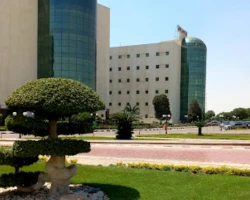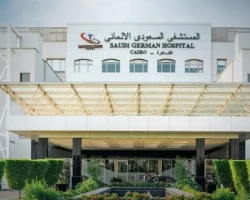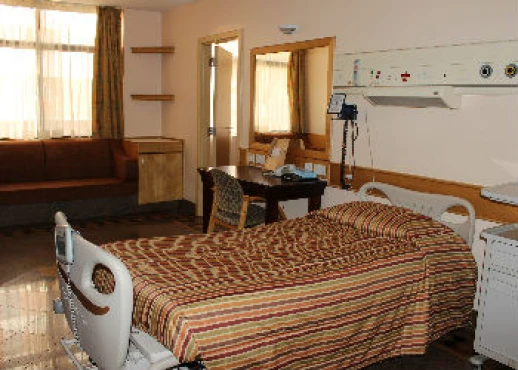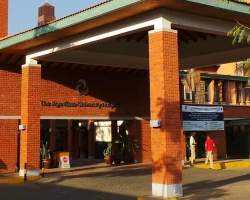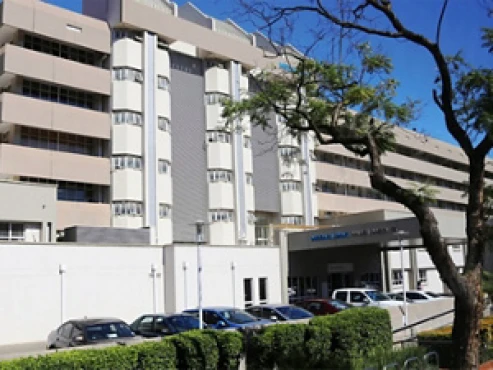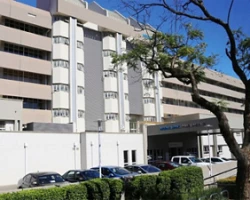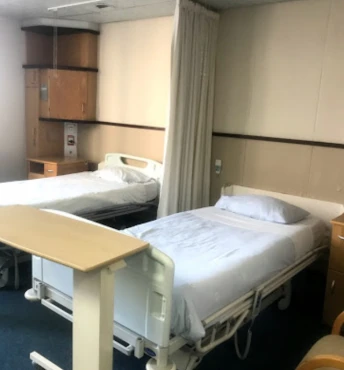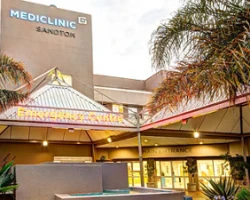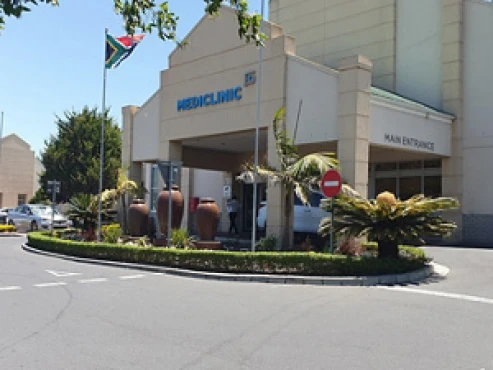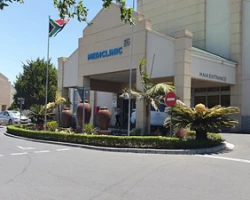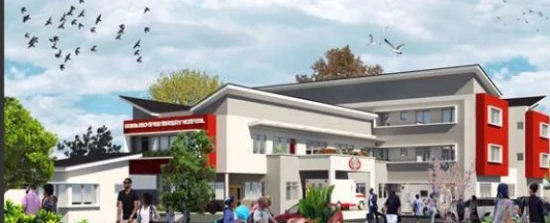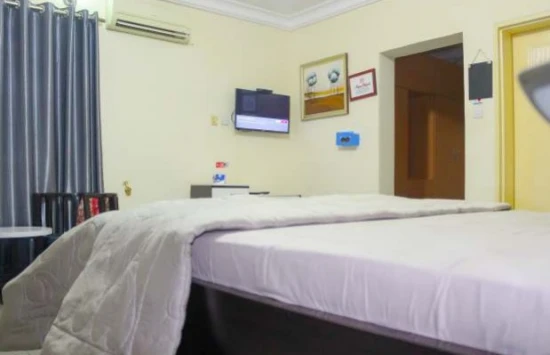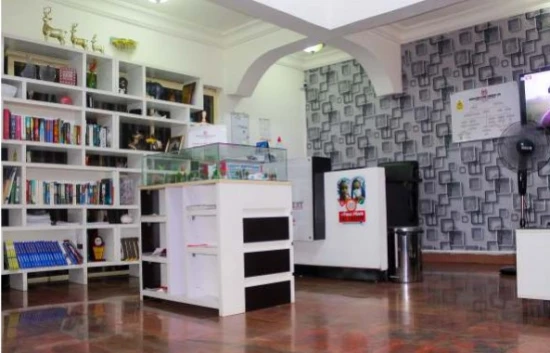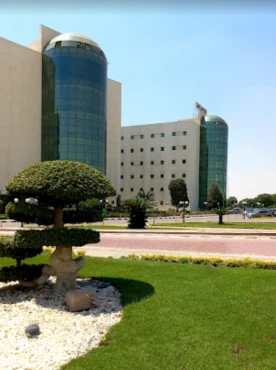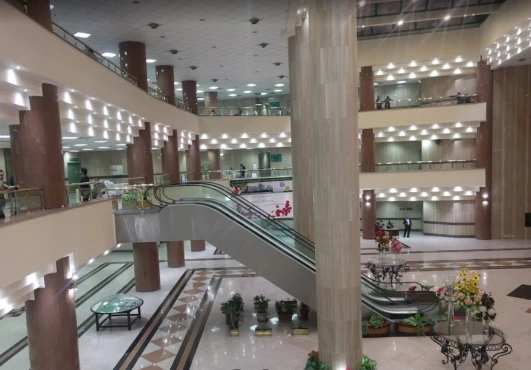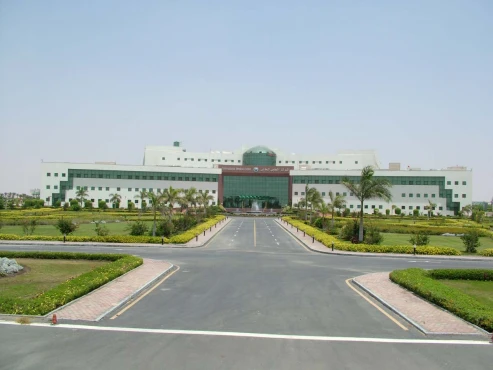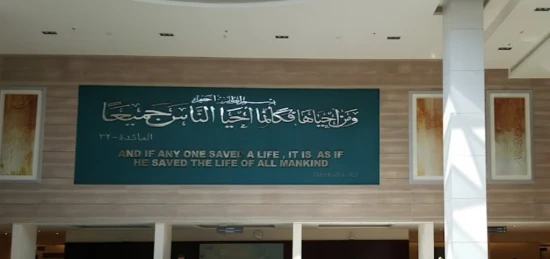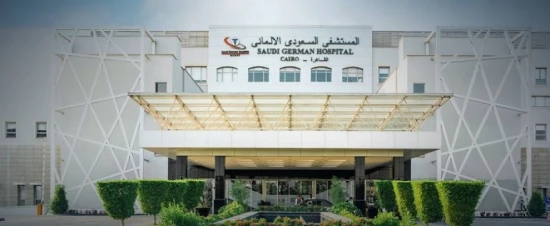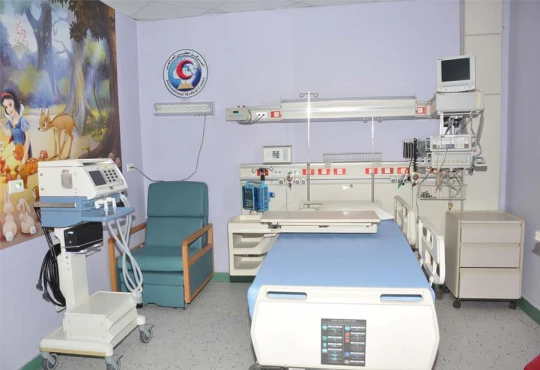from Ghannamy Translation
November 27, 2023
A bad nurses behavior even not a smile, not organized at all and in several departments which i deal with, as for the out patients clinics, internal admissions process- their policies are not clear- tr wrong directions as a patient you do not know your responsibilities , or your right they do not gave any medical expectations or procedural- by the way i did a surgery and this is another story to told- for nursing which is a disaster- as a one day surgery- the nurse came holding in her hand all of medications and stuff for doing blood analysis without a tray or gloves - for the operation procedure normally in any respecting hospitals- they always gave scrub - the nurse came at my room which had the number 124 - through the scrub ( in a package which a least something good) on the trash can and told to wear this ?! My way to the operation room is another comic story of none nursing medical procedure behavior- very bad experience- not recommend
from Rady
November 27, 2023
Saudi German hospital is like a Chinese car which looks good on the outside and hollow on the inside.
Orthopedic doctors are seemingly one of the worse departments in Cairo hospitals, very low standards, although the mighty tone, over confidence, ignorance is spread like soft butter on a toast.
Not recommended unless you wanna stay in a hotel like hospital but with butchers as your medics.
from mohamed hassan
November 18, 2023
I lost my grandpa who was the closest person to me in the ER, doctors are oblivious and ignorant, online it says to admit people with aneurysms to an OR asap yet my grandpa was in the ER for three hours and died there, i saw the doctors walking around fast having phone calls,what looked like they were freaking out because there is no surgeon or an available OR.
Its so bad to lose someone like this. I am not mad at the hospital only but at this country. We paid 12k after with insurance covering 40%, so it’s about 20k.
They spent one hour doing blood tests and another trying to measure his blood pressure because they didn’t trust their equipment, basically i can say if you have any serious emergency don’t go there, unless you don’t care about coming out.
A side note google maps shouldn’t be where we post hospital reviews. But what can we do anyway in this country. It’s a lost cause.
